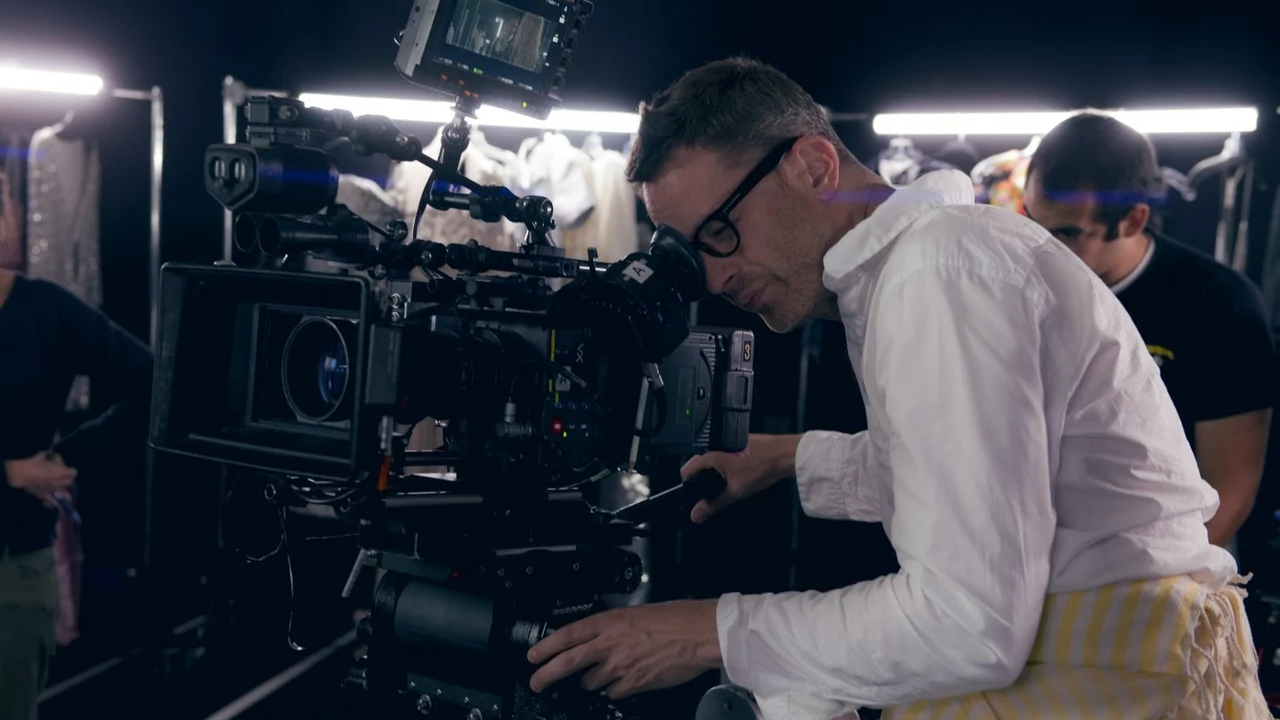Understanding the Process of Filmmaking
When you watch a movie or TV show, it seems like everything is happening in chronological order. As viewers, we follow the narrative from start to end, but that's not how things work behind the scenes. Filmmakers rarely shoot in sequence, and there are several reasons for this. Let's begin by understanding the process of filmmaking. Filmmaking is a complex and multi-step process that involves pre-production, production, and post-production stages. In the pre-production phase, the team plans everything, from creating the script to scouting locations. The production phase is when the actual shooting happens, while the post-production phase involves editing, sound mixing, and adding special effects.
The Influence of Budget and Schedules
One of the main reasons that scenes are not shot in sequence is due to budget and schedules. Filmmaking is an expensive endeavor, and every minute on set costs money. Shooting out of sequence allows filmmakers to make the most of their budget. For example, if a script requires several scenes in a specific location, it makes sense to shoot all those scenes at once, regardless of where they occur in the story. This way, the crew only has to set up and break down their equipment once, saving both time and money.
Actor Availability
Another reason scenes aren't filmed in order is the availability of actors. It is a common practice to shoot all the scenes involving a particular actor at once, especially if they are a well-known star with a busy schedule. This way, they can complete all their scenes and move on to their next project. Filming out of sequence can also be beneficial when an actor has to undergo significant physical changes for different parts of the film.
Weather and Lighting Conditions
Weather and lighting conditions also play a significant role in determining the shooting schedule. For outdoor scenes, filmmakers have to take into account the time of day, weather, and seasonal changes. By shooting out of sequence, they can take advantage of the perfect conditions to create the desired atmosphere and visual effects. For instance, if a script calls for several scenes during a sunset, it would be impossible to shoot them all in one day if filmed in sequence.
Practical Effects and Stunts
Scenes involving practical effects and stunts are typically filmed out of sequence as well. This is because these scenes require a lot of preparation, safety measures, and sometimes, clean-up. By grouping these scenes together, the production team can better manage the complexities and potential risks involved.
The Role of the Director
Ultimately, the decision to film out of sequence lies with the director. Directors often prefer to shoot out of sequence for creative reasons. They might want to start with a crucial scene to set the tone for the rest of the film, or they might prefer to shoot easier scenes first to help the cast and crew get comfortable before moving on to more challenging sequences.
Post-Production Magic
After all the scenes have been filmed, they are put together in the right order during the post-production process. This is where the magic happens, and the scattered pieces are assembled into a coherent story. Editing is a powerful tool that allows filmmakers to manipulate time and space, creating the illusion of a continuous narrative.
The Art of Storytelling
In conclusion, the decision to shoot scenes out of sequence is a practical and creative choice that serves the art of storytelling. Even though it might seem counterintuitive, this technique allows filmmakers to maximize their resources, accommodate the realities of production, and ultimately, create a better final product. So next time you watch a movie or TV show, remember that what you see on screen is the result of a complex and carefully planned process.
